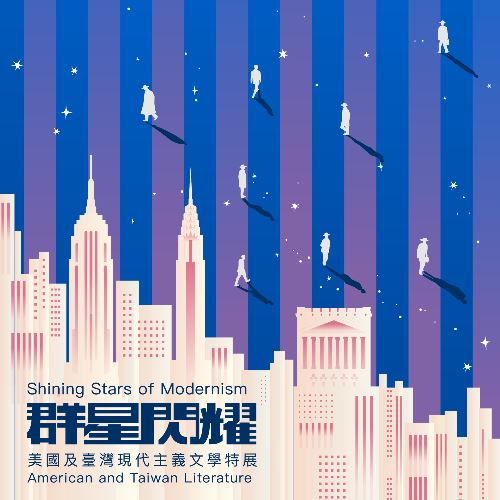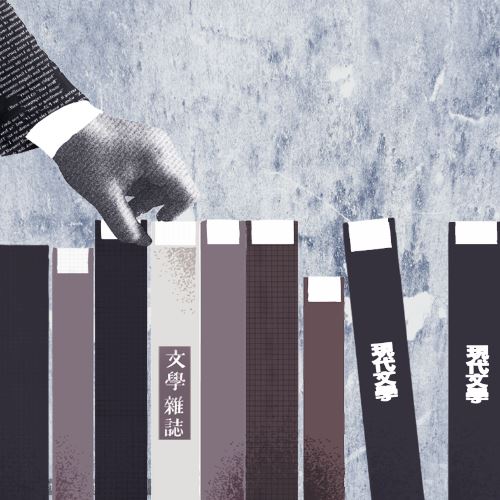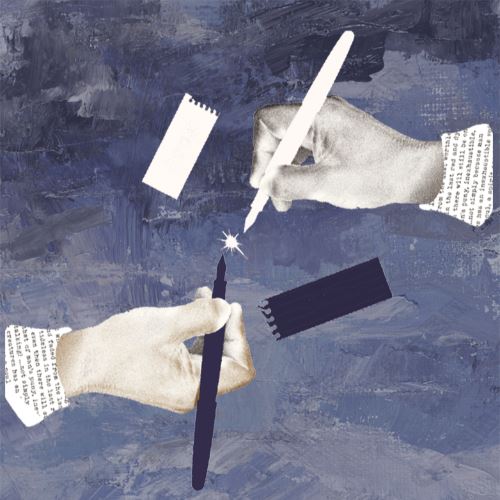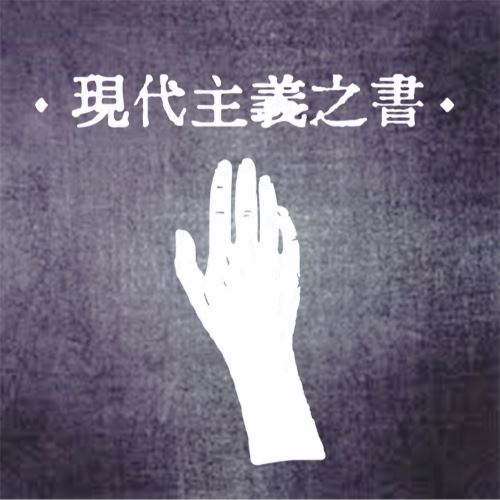✧ The Dramatism of Henry James ✧ The Iceberg Theory: The Art of an Eighth ✧ Wang Wen-hsing: "The Writer I Admire the Most is Ernest Hemingway" ✧ Devotees of Modernism ✧ Merging Chinese Tradition and Western Techniques in Modernism ✧ Modernism and the Self-Creation of a Scholar ✧

The Dramatism of Henry James
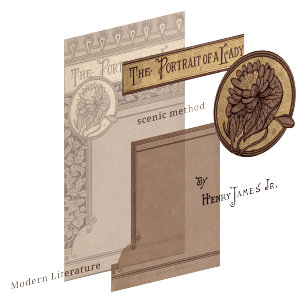 Henry James was the most frequently mentioned American novelist among the writers of Modern Literature, in large part due to the influence of their teacher, T. A. Hsia (Hsia Chi-an).
Henry James was the most frequently mentioned American novelist among the writers of Modern Literature, in large part due to the influence of their teacher, T. A. Hsia (Hsia Chi-an).
Ouyang Tzu enrolled at the University of Illinois in 1964 to study the works of James, Hemingway, and Faulkner. She believed that Henry James' scenic method was a major key to writing fiction. Specifically, the key was the use of dramatic techniques to present decisive moments throughout the course of a narrative. Under Ouyang Tzu's direction, Modern Literature published a special on Henry James for its 42nd issue.
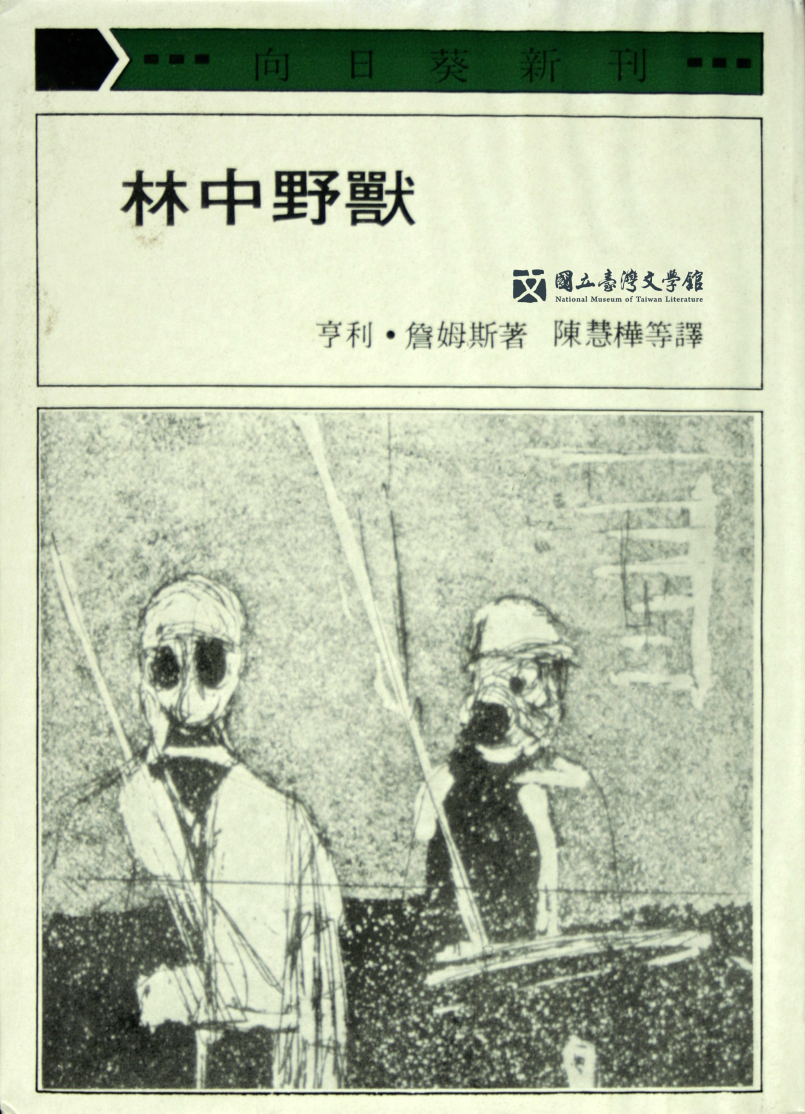
◪ The Beast in the Jungle by Henry James, translated by Chen, Hui-Hua, 1972
Published by Morning Bell Press. (Courtesy of the National Museum of Taiwan Literature Collections.)
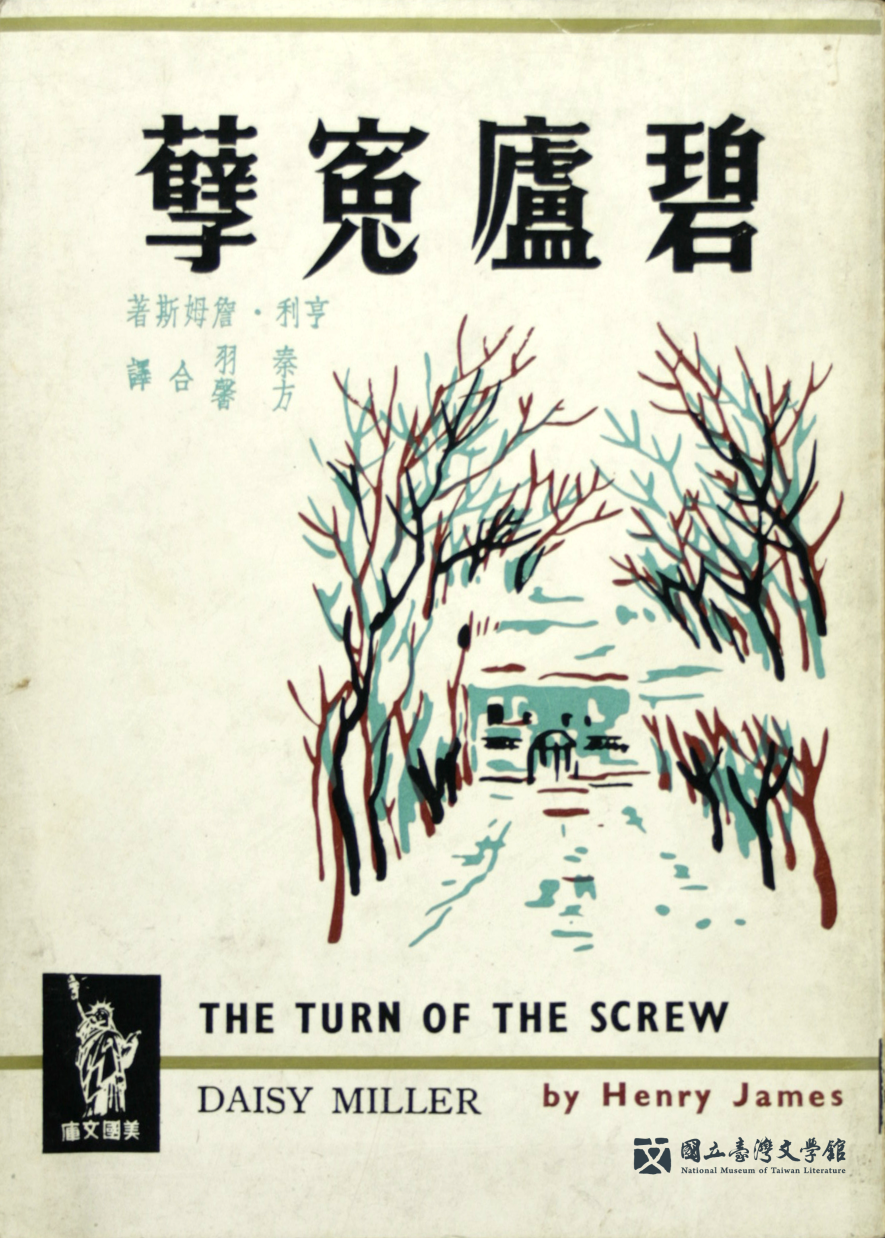
◪ The Turn of the Screw by Henry James, translated by Qin Yu and Fang Xin, 1963
Courtesy of the National Museum of Taiwan Literature Collections.
The Iceberg Theory: The Art of an Eighth
Cheng Ching-wen once openly declared his fondness for Hemingway's works. Cheng agreed that writing should be concise and he personally followed Hemingway's "iceberg theory." As a result, his works are characterized by restraint and subtlety. Like an iceberg, the story only reveals the very tip above water, while the rest of its profound implications are left for readers to carefully unravel. An example of this is Cheng's "Three-legged Horse":
"That horse was carved by a strange man. He likes to carve many crippled horses. Whenever we go to his house to purchase his work, he would throw in a few if he came up short on an order. He said they couldn't be sold, that he would replace them once he finished carving the requested number of regular horses. So they became a form of small change we'd exchange back and forth."
This passage lays the groundwork for the story and creates suspense as readers cannot help but ponder over the reasons behind this strange situation.
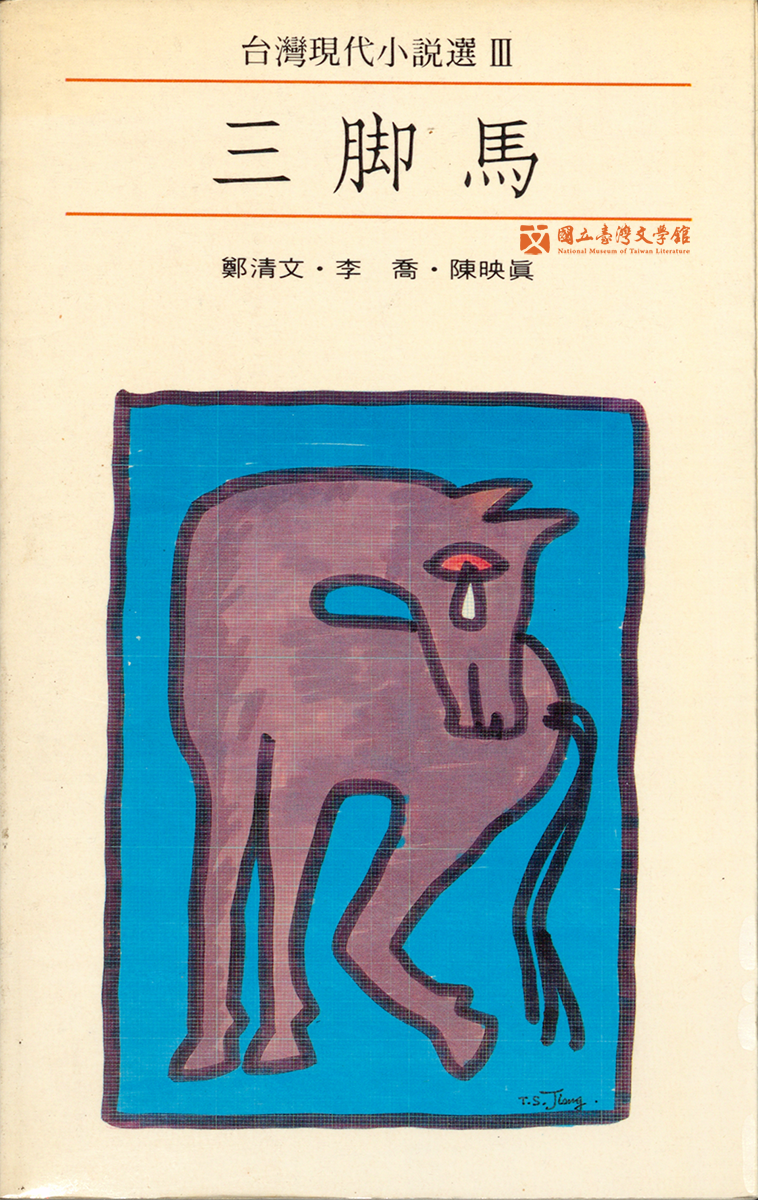
◪ Three-legged horse by Cheng, Ch'ing-Wen, 1986
Published by Ming Liu Press. (Courtesy of the National Museum of Taiwan Literature Collections.)
Wang Wen-hsing:
"The Writer I Admire the Most is Ernest Hemingway"
Writing like Hemingway is by no means an easy task.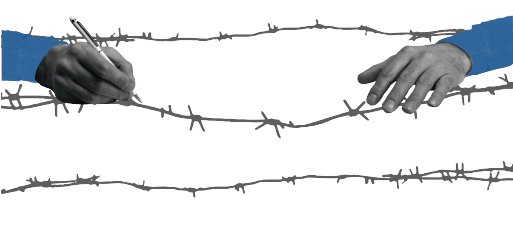 This limits me to writing only a few words each day……Yes, no matter how many peculiar symbols appear in my language or how much my syntax is reformed, these are not betrayals of Hemingway, but endeavors to approach his tracks.
This limits me to writing only a few words each day……Yes, no matter how many peculiar symbols appear in my language or how much my syntax is reformed, these are not betrayals of Hemingway, but endeavors to approach his tracks.
—— Wang Wen-hsing,"An Endless War"
The most prominent characteristic of Wang Wen-hsing's modernist works is his use of language. To imitate Hemingway's concise style, Wang only writes a small number of words a day. This habit stems from his reading and understanding of Hemingway. He compares his relationship with writing as an endless war.

◪ Family Catastrophe by Wang Wen-Hsing, 1973
Experiments with language and transforms internal structures in this novel about modern intellectual youth and the mental conflicts he faces as he grows up. The story also touches on family and social issues. (Courtesy of the National Museum of Taiwan Literature Collections.)
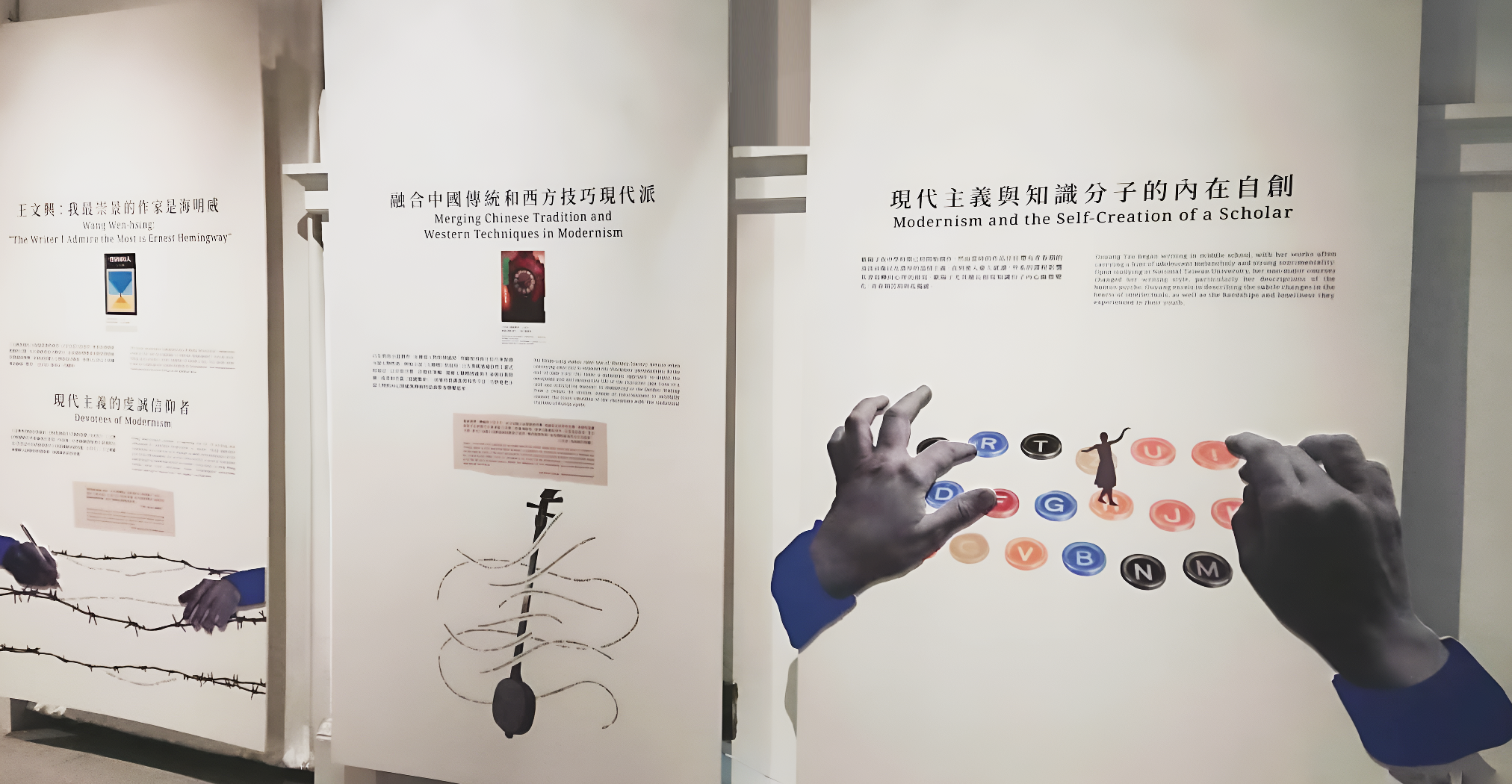
Devotees of Modernism
Wang Wen-hsing's process of learning the art of writing was influenced by American modernism. In content, Wang questions traditional social norms and engages in deep contemplations on fate and social phenomena. His works often exhibit a sense of loneliness and despair as experienced by the modern individual. In form, Wang breaks away from traditional linear chronological narratives, instead opting to reconstruct the reader's worldview.
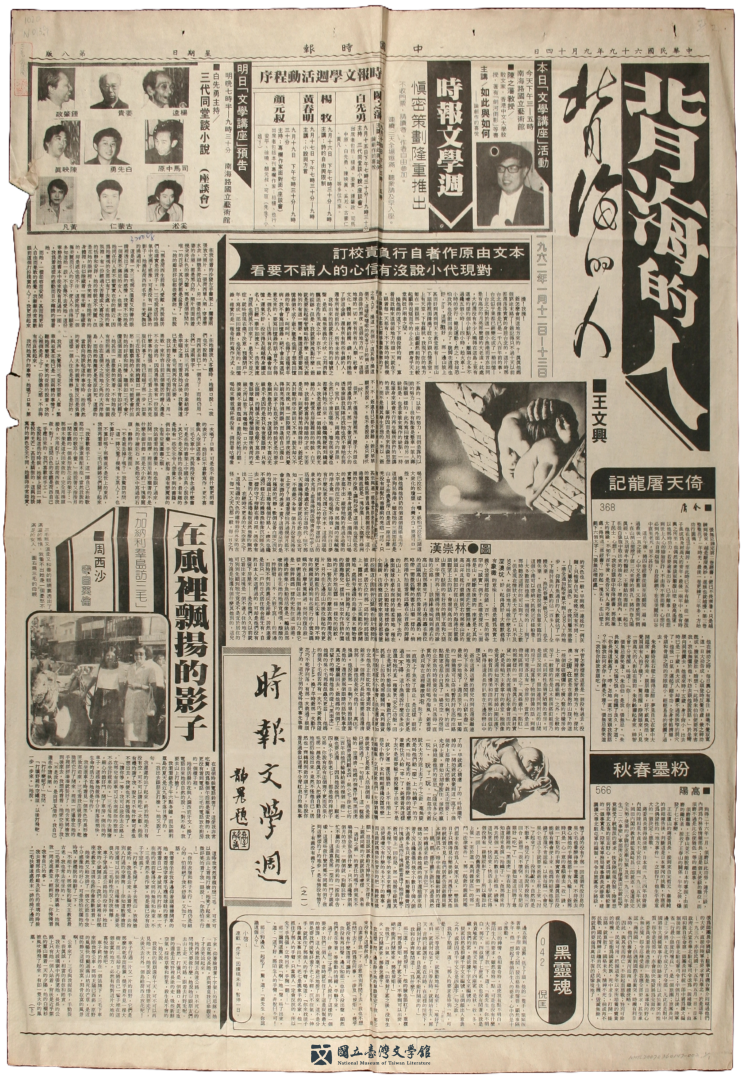
◪ "Backed Against the Sea" by Wang Wen-Hsing
First published in China Times on Sep.14th 1980. (Courtesy of the National Museum of Taiwan Literature Collections.)
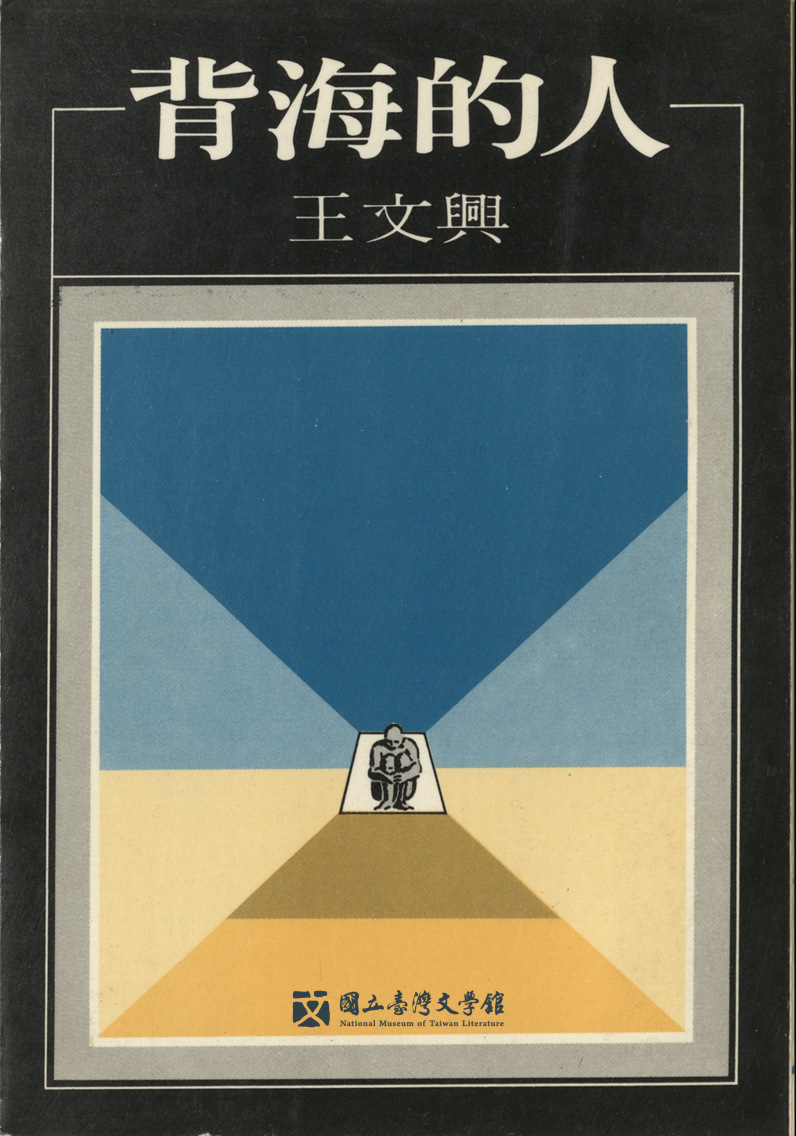
◪ Backed Against the Sea by Wang Wen-Hsing, 1981
Published by Hung-fan Bookstore and Cover design by Wang Wenxing and Yang Zhong-wei. (Courtesy of the National Museum of Taiwan Literature Collections.)
Merging Chinese Tradition and Western Techniques in Modernism
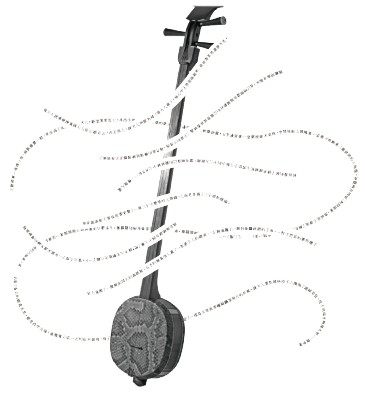 Later, I realized that traditional methods would not work, especially since this story is related to Kunqu opera, a very beautiful form of music. I wanted to use stream of consciousness to disrupt the chronological order of the story and match it with the repetitive rhythm of music, which might result in a much better effect. And so I decided to try it out. On my fifth attempt, I combined this method with the rhythm of Kunqu opera. When she [Madame Ch’ien] reminisces, the words blend with the rhythm of the music.
Later, I realized that traditional methods would not work, especially since this story is related to Kunqu opera, a very beautiful form of music. I wanted to use stream of consciousness to disrupt the chronological order of the story and match it with the repetitive rhythm of music, which might result in a much better effect. And so I decided to try it out. On my fifth attempt, I combined this method with the rhythm of Kunqu opera. When she [Madame Ch’ien] reminisces, the words blend with the rhythm of the music.
—— Pai Hsien-yung, "My Creative Experience"
Pai Hsien-yung makes clear use of Western literary devices when conveying emotions to enhance his characters' personalities. At the end of Jade Love, Pai takes a naturalist approach to depict the emotional and self-destructive life of the character Jade Love in a cold and calculating manner. In Wandering in the Garden, Waking from a Dream, he utilizes stream of consciousness to skillfully connect the inner emotion
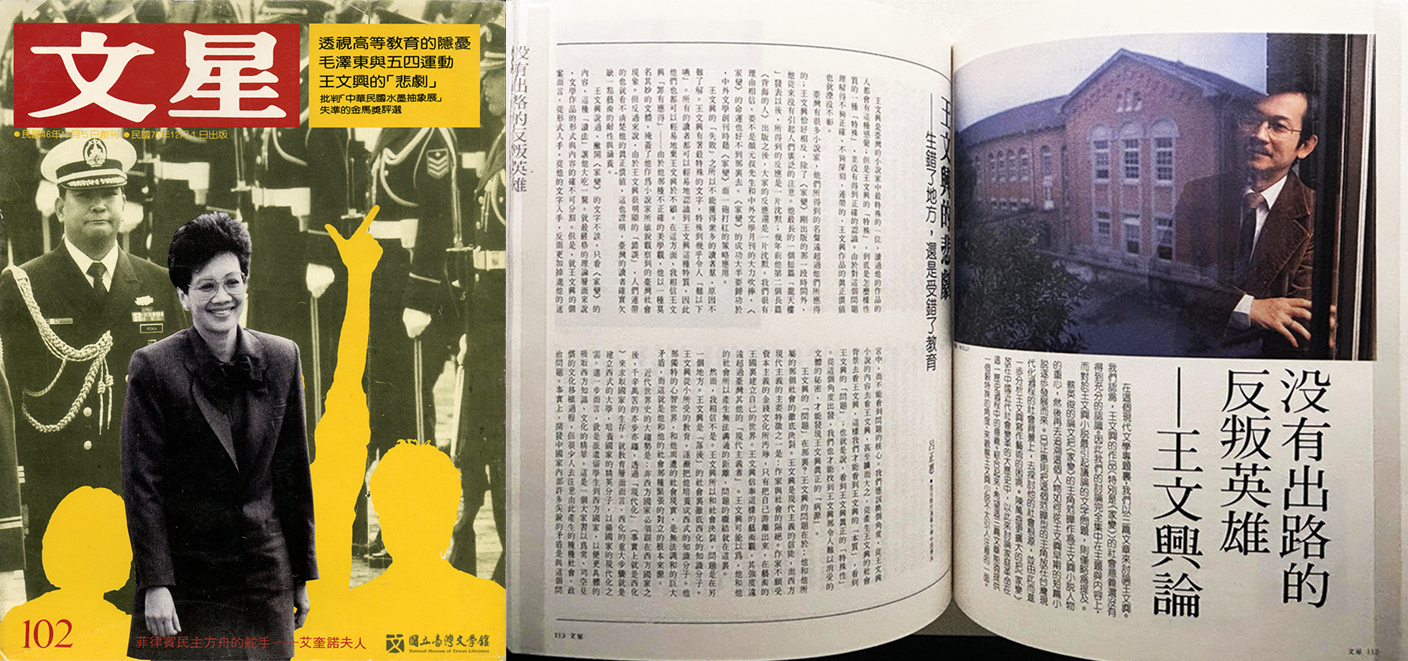
◪ Apollo (Wen Hsing), Vol. 102
One of the topics in modern literature featured in this issue is "The Rebel Hero with No Way Out—On Wang Wen-hsing". Discussions by scholars Lu Cheng-hui, Tsai Ying-chun, and Chen Wan-yi place Wang Wen-hsing's Family Catastrophe in a historical framework of social change in modern China. (Courtesy of the National Museum of Taiwan Literature Collections.)
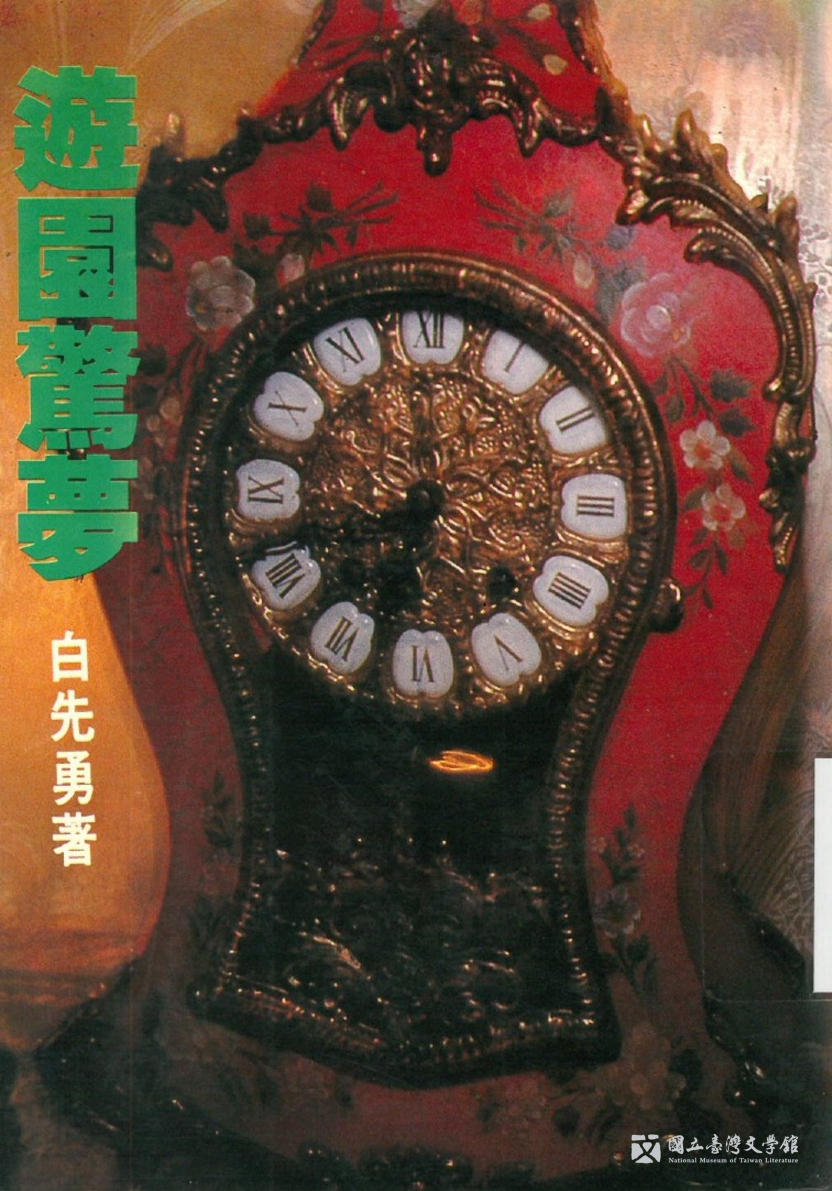
◪ Wandering in the Garden, Waking from a Dream by Pai Hsien-yung,1982
Published by Vista Publishing. (Courtesy of the National Museum of Taiwan Literature)
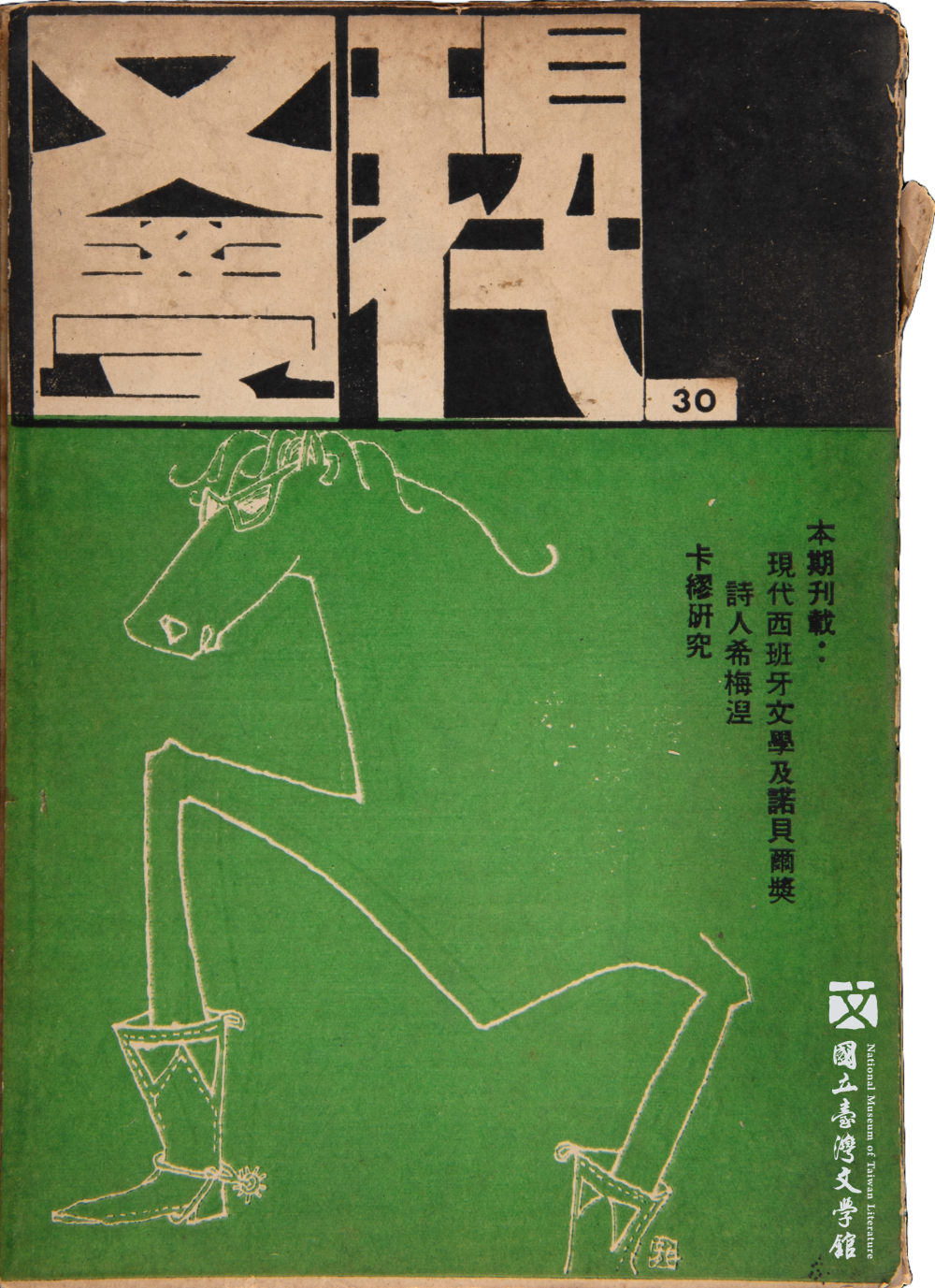
◪ Modern Literature, Issue 30
Introducing modern Spanish literature and writer Pai Hsien-yung's "Wandering in the Garden, Waking from a Dream". (Courtesy of the National Museum of Taiwan Literature Collections.)
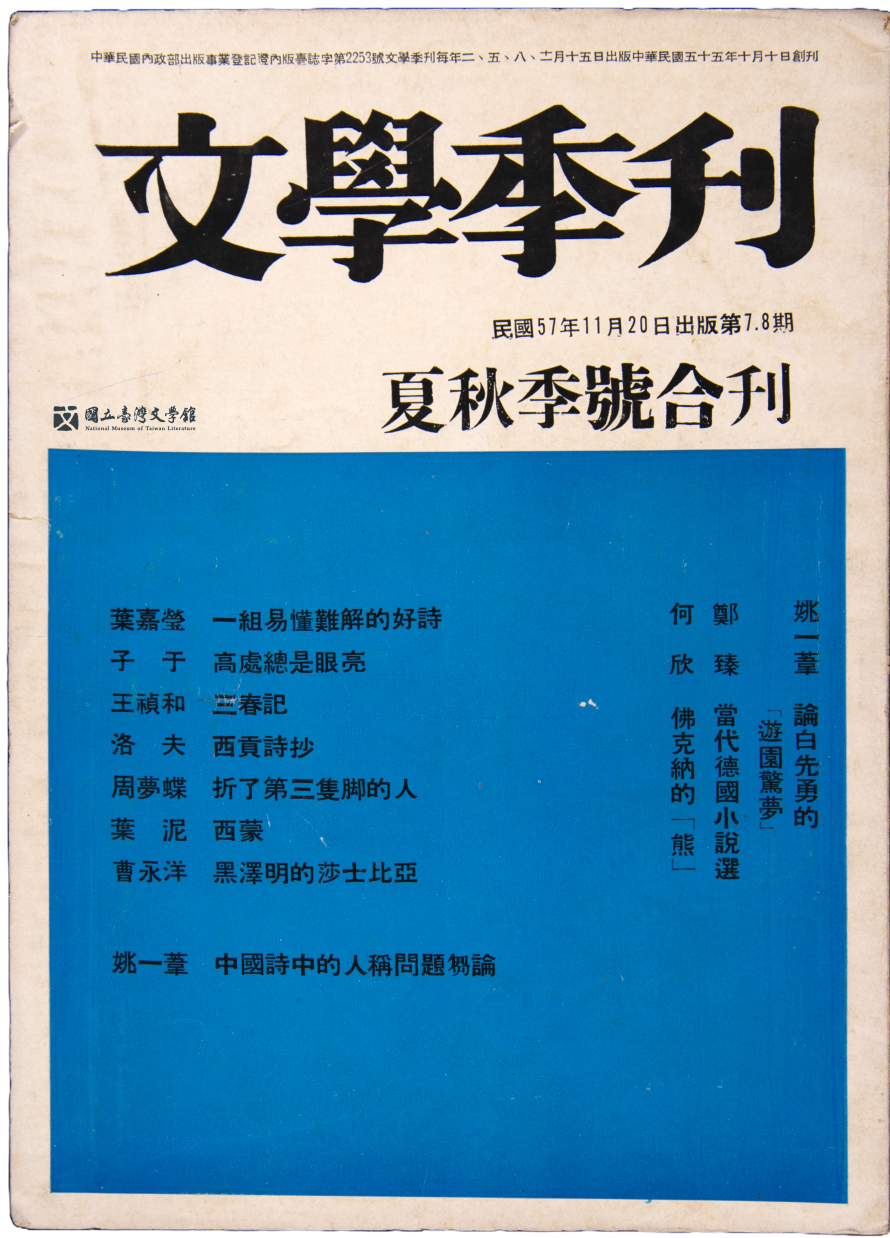
◪ Literature Quarterly , Issue 7,8(Combined summer and autumn issues) , 1968
Courtesy of the National Museum of Taiwan Literature Collections.
Modernism and the Self-Creation of a Scholar
Ouyang Tzu began writing in middle school, with her works often carrying a hint of adolescent melancholy and strong sentimentality. Upon studying at National Taiwan University, her non-major courses changed her writing style, particularly her descriptions of the human psyche. Ouyang excels in describing the subtle changes in the hearts of intellectuals, as well as the hardships and loneliness they experienced in their youth.
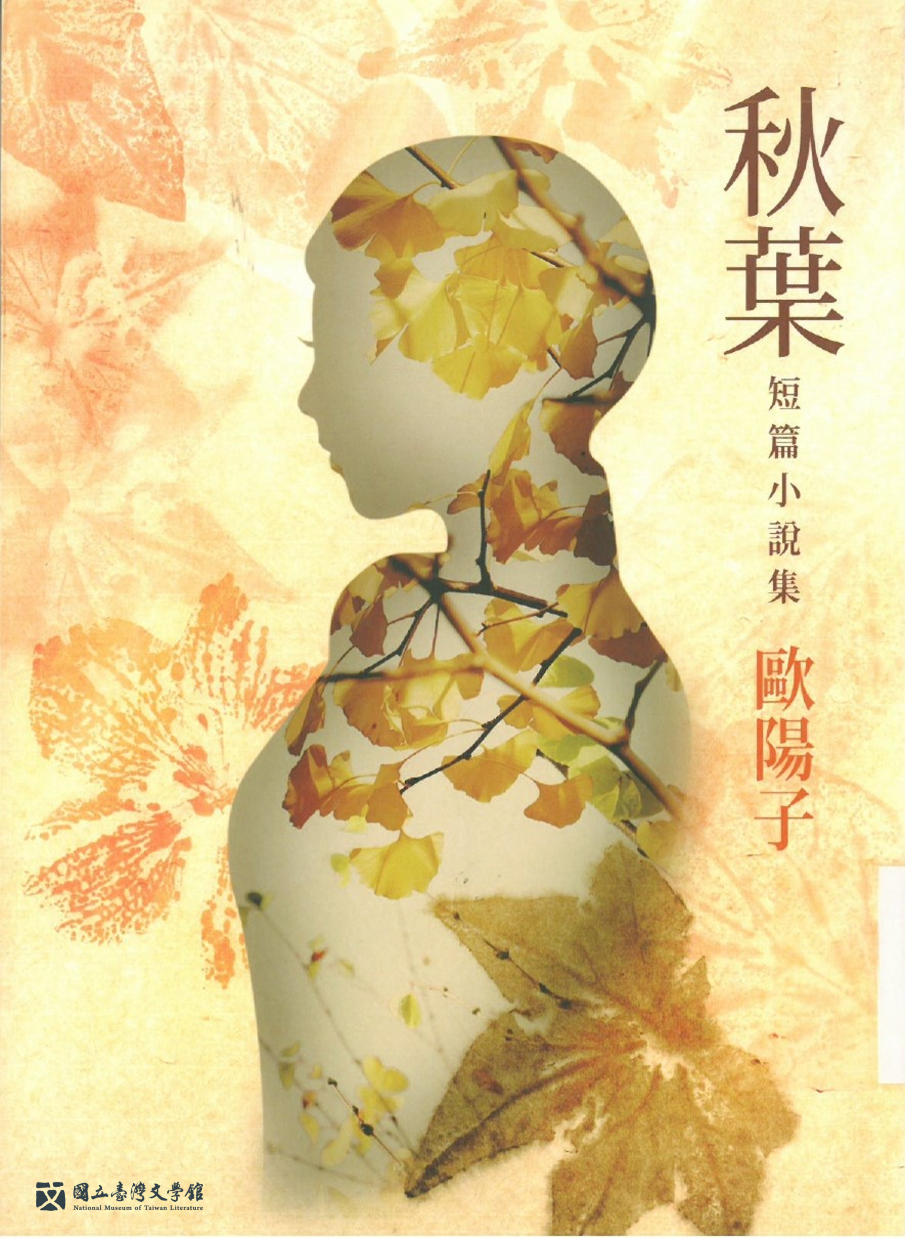
◪ Autumn Leaves(Qiuye) by Ouyang Tzu (Hung Tse-Hwei), 1980
Re-edited by the author and published by Erya Publishing. (Courtesy of the National Museum of Taiwan Literature.)

